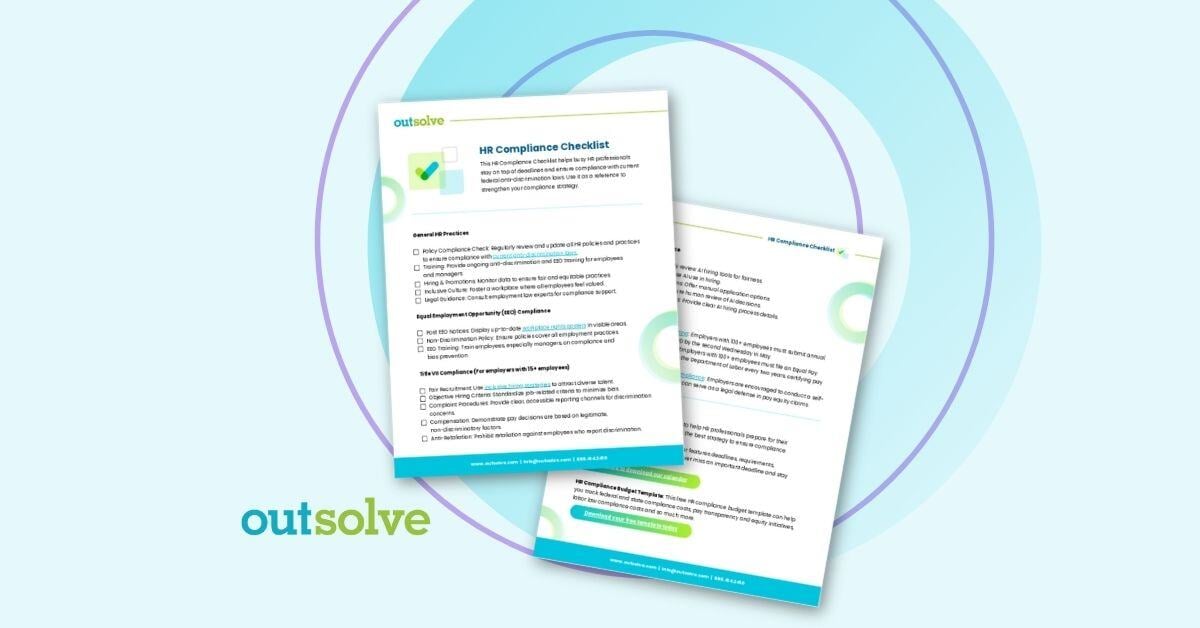4 min read
What is E-Verify? A Complete Guide for Employers Navigating Form I-9
 Renee Arazie
:
Aug 14, 2025 3:28:46 PM
Renee Arazie
:
Aug 14, 2025 3:28:46 PM
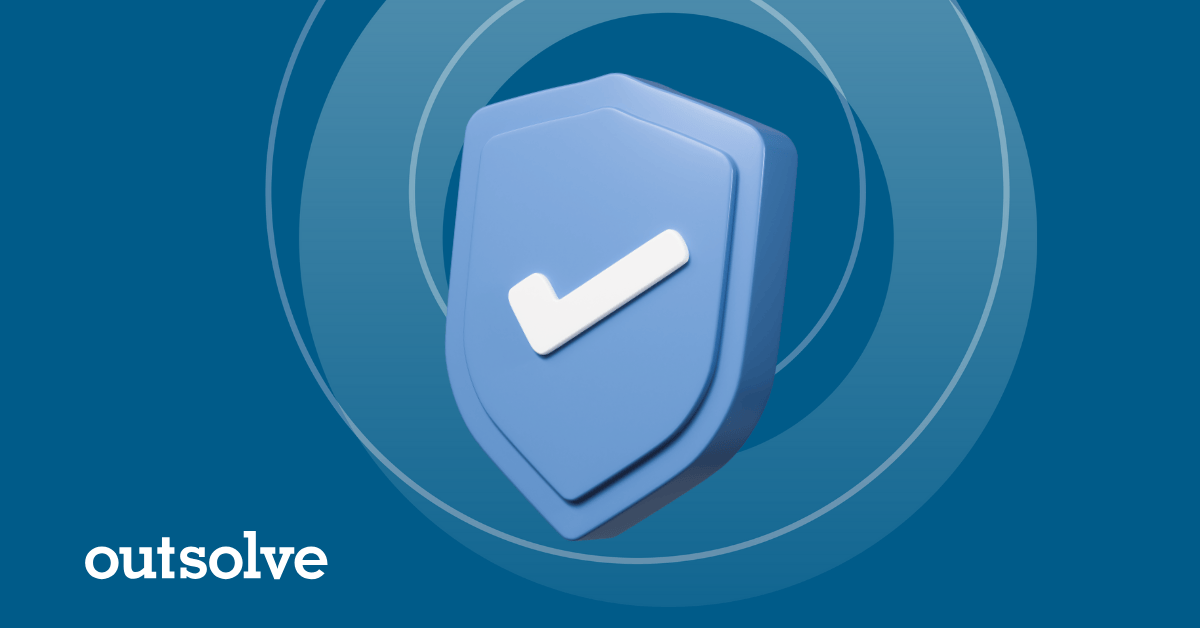
As part of the hiring process, HR understands how critical it is to confirm that every new employee is legally authorized to work in the U.S. Most of us are familiar with Form I-9, the official document that every new hire is required to complete. But are you also aware of a tool where you can double-check eligibility in real time and avoid potential compliance issues down the road? Well, you can. That’s where E-Verify comes in.
Let’s discuss the specifics of E-Verify further. Here are three key takeaways you’ll learn in this article:
- What E-Verify is and how it fits into your hiring process beyond the Form I-9 process
- Which companies need to use E-Verify and what the various E-Verify results mean
- What are E-Verify process limitations
What Is E-Verify?
E-Verify is a federal online system designed to help employers confirm that a new hire is authorized to work in the United States. It’s a web-based service created through a partnership between the Department of Homeland Security (DHS) and the Social Security Administration (SSA). Once you’ve completed Section 2 of Form I-9, which is where you verify your employee's identity and work authorization documents, E-Verify then lets you electronically check that the information provided matches government records. Think of it as an extra layer of verification that helps you catch errors, prevent unauthorized employment, and stay compliant with immigration laws.
Employers generally must submit the E-Verify query within three business days of the employee’s start date or the completion of Section 2, whichever comes later. Keeping track here keeps you compliant.
It is important to note that employers must still complete and retain a Form I-9 for every employee. E-Verify is not a replacement for Form I-9.
Who Is Required to Use E-Verify?
Not every employer is required to use E-Verify, but many are. Here’s a quick summary:
- Federal contractors: If your company works on federal contracts, then you’re likely required to use E-Verify under the terms of those agreements.
- Employers in E-Verify-mandated states: Some states require all or certain employers to enroll. These states include Arizona, Alabama, Georgia, Mississippi, North Carolina, South Carolina, Tennessee, and others. Laws vary, so it’s key to check your state’s requirements.
- Remote Verification Users: If you are conducting Form I-9 completion and verification remotely, then you must be enrolled in E-Verify.
- Voluntary users and industries under scrutiny: Even if not mandated, many employers voluntarily use E-Verify to strengthen compliance, especially in sectors like healthcare, technology, and construction. These are some main industries where work eligibility enforcement tends to be more intense.
The stakes are real. Failure to comply with E-Verify requirements can lead to hefty penalties, contract disqualification, and reputational damage. That’s why understanding your obligations is a must.
How Does E-Verify Work?
Getting started with E-Verify is straightforward. It’s like any HR tool and it has steps and nuances. Here is the process you’ll take when using E-Verify:
- Enroll Your Company: First, you register your company online on the official E-Verify portal. This involves agreeing to the Memorandum of Understanding (MOU), which outlines your responsibilities.
- Verify After I-9 Completion: Once you complete Section 2 of the Form I-9, where the employee’s identity and work documents are examined, you enter the employee’s information into E-Verify.
- Submit the Query: The system cross checks the employee’s information against DHS and SSA databases, typically within seconds.
- Receive a Result: The possible results include:
- Employment Authorized: Good news! The employee is confirmed as eligible to work in the United States.
- Tentative Nonconfirmation (TNC): This means the information didn’t match, but it’s not a final decision. The employee has the right to contest the mismatch with the government.
- Final Non-confirmation: After contesting, if the discrepancy isn’t resolved, the employee is not authorized to work.
You must act carefully if you receive a TNC. The law requires that the employer notify the employee promptly and allow them to address the issue. You cannot take adverse action based on a TNC alone. Again, it’s the employee’s responsibility to address and correct a TNC, not the employer.
E-Verify and Remote Section 2 Verification
Remote hiring is becoming more common and verifying documents and completing Section 2 of the I-9 can get tricky if your new hire isn’t physically present.
Fortunately, DHS has provided flexibility, allowing employers to designate an I-9 authorized representative to complete Section 2 verification remotely. This means you can have a third-party, notary, attorney, or even the employee’s friend or family member review the documents, as long as they follow the same rules and you document the process properly. While friends and family are allowed to fill in this role if needed, trained I-9 authorized representatives will mitigate risk of accepting incorrect documents or filling out the form incorrectly.
E-Verify then works seamlessly behind the scenes, letting you submit verification queries from wherever you are and making compliance possible even in remote scenarios.
Many employers also benefit from digital platforms and outsourcing services that specialize in remote I-9 and E-Verify compliance. These tools help automate workflows, reduce errors, and make audit preparation less stressful.
Benefits and Limitations of E-Verify
Why should HR care about E-Verify? Here’s why in a nutshell:
- Real-time verification: Unlike the Form I-9 alone, E-Verify offers near-instant confirmation, which can reduce risks and streamline hiring.
- Enhanced legal protection: Using E-Verify can help mitigate risk from allegations of knowingly hiring unauthorized workers, especially important for federal contractors.
- Doesn’t replace Form I-9: It’s crucial to remember that E-Verify is not a replacement for Form I-9. You still must complete the I-9 fully and accurately.
With that said, no process is perfect, and E-Verify has some limitations. For example, sometimes mismatches can occur due to data entry mistakes or government database delays, leading to TNCs that require follow-up. Additionally, while E-Verify improves accuracy, it may not catch every potential issue, so your overall Form I-9 compliance program needs to stay sharp.
What E-Verify Means for Your Organization
If you’re serious about building a compliant, efficient hiring process, understanding what E-Verify is and how it works is a must. It’s a powerful tool that, when used correctly, enhances your hiring accuracy and protects your organization.
We know compliance can get complex fast, especially with new and changing laws, remote work, and shifting requirements. That’s where expert support can make a difference.
OutSolve’s Form I-9 verification solution offers remote verification capabilities and E-Verify case creation and escalation of tentative nonconfirmations. If you are interested in learning more about how our solution can help you streamline your employee verification process, reach out today.
Renee attended Augusta University and graduated with a bachelor's degree in business management. At OutSolve, Renee leads a team of HR compliance consultants. Her experience with recruiting systems has been of great benefit in working with clients regarding business processes. Prior to joining OutSolve, Renee was part of a Talent Acquisition team for a global business analytics and information services firm for several years, where she recruited for several different US departments. Renee managed global process improvement projects as the applicant tracking system administrator and global trainer, as well as analyzed hiring metrics and data integrity.
Weekly OutLook
Featured Posts
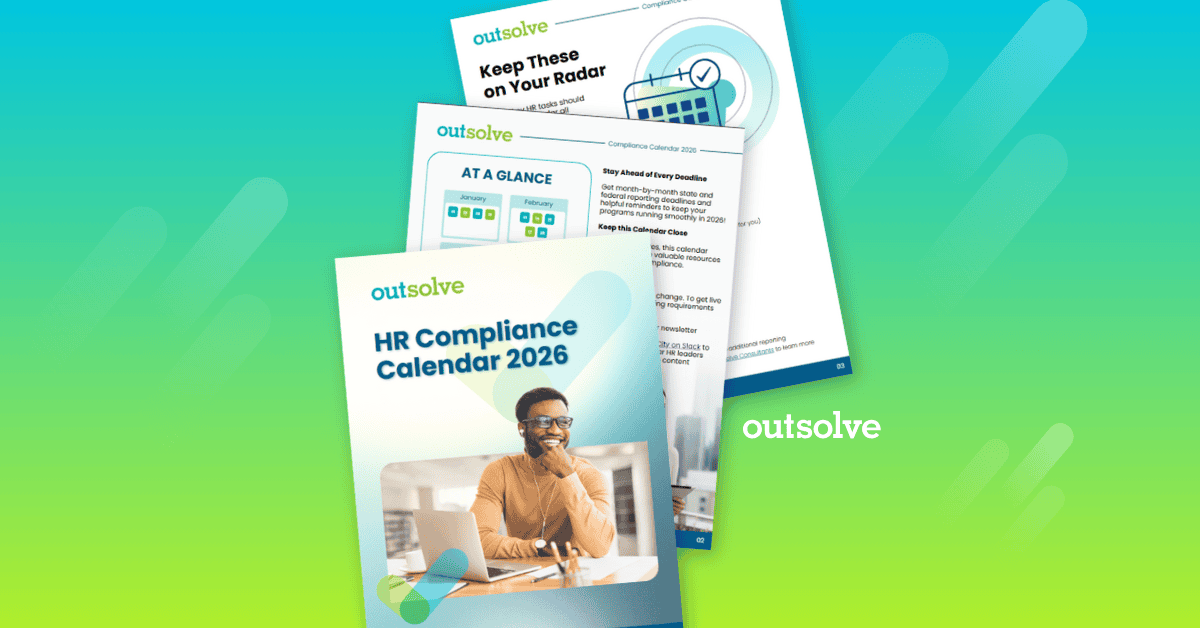
New Year, New Deadlines: 2026 HR Compliance Calendar
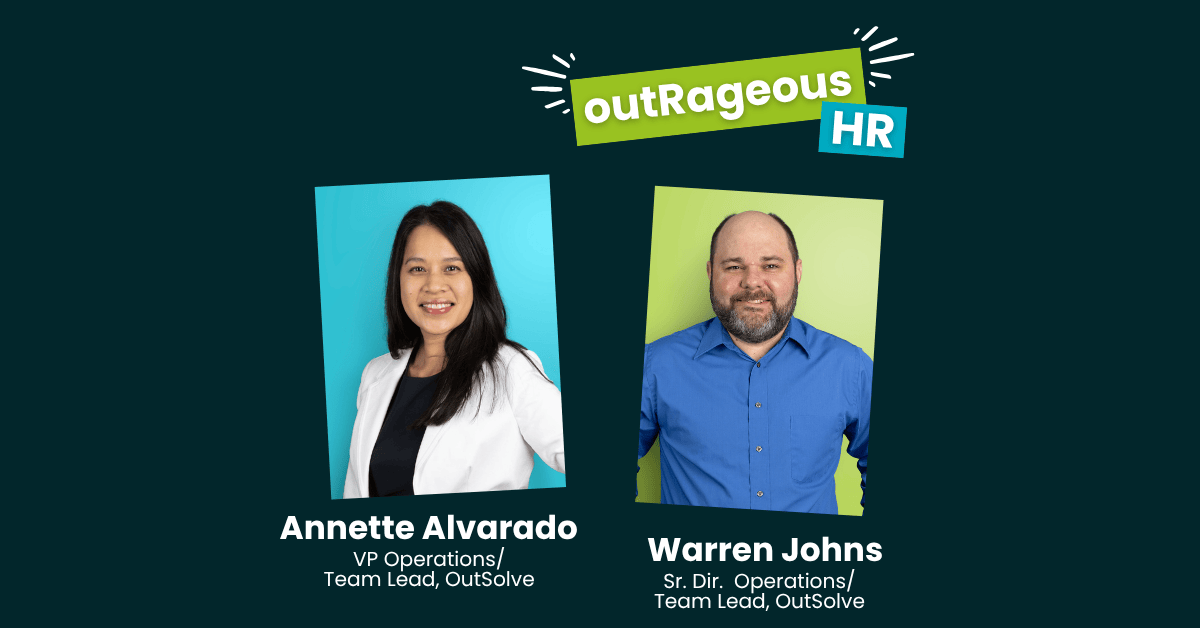
outRageous HR: Plan Now or Pay Later
Related Posts

What Employers Need to Know About the Delaware Pay Transparency Law
Here's What You'll Learn
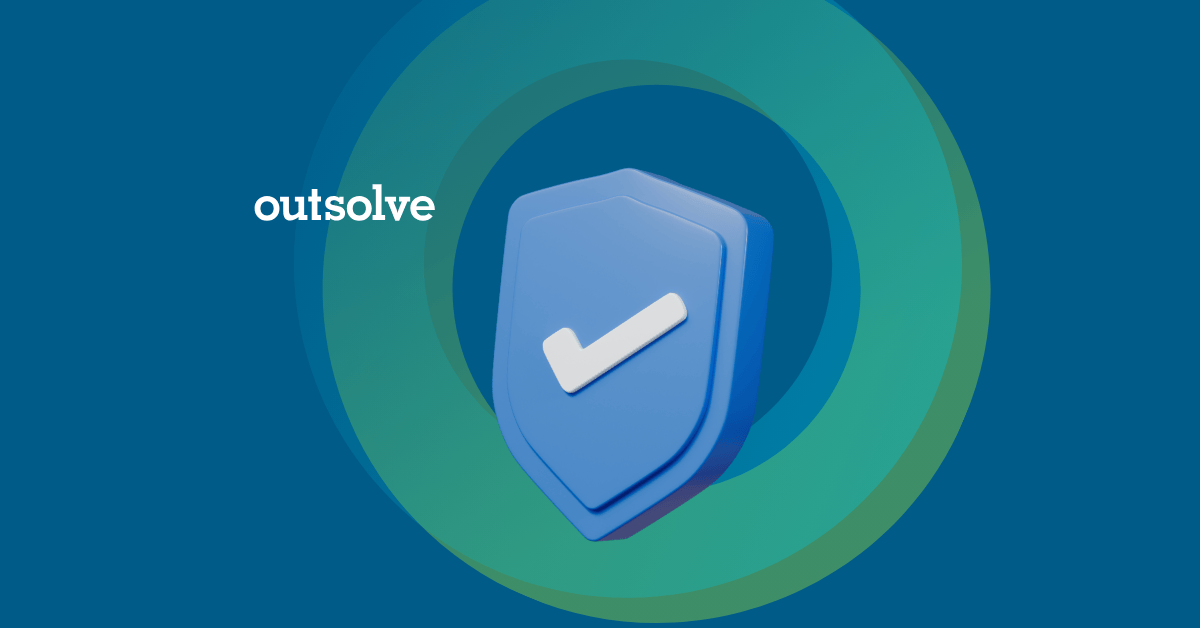
What is an Immigration Enforcement Raid?
Here's What You'll Learn

Refreshing Your I-9 Tools and Process to Stay Compliant
Form I-9 is a federal requirement that carries real consequences if handled improperly. With increased scrutiny on immigration by the current...

